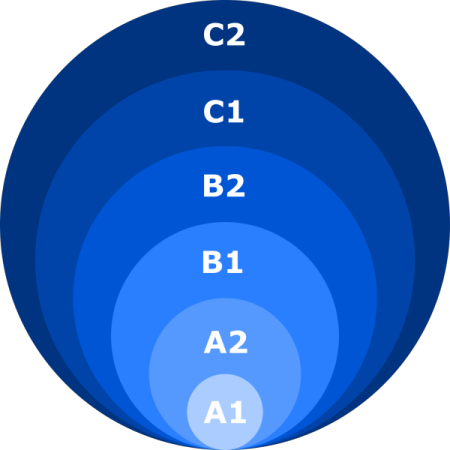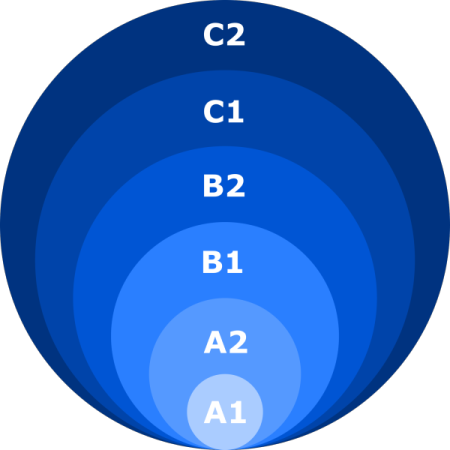The Common European Framework of Reference, or CEFR, represents a guideline used to describe achievement of learners of foreign languages. The guide is applied across Europe and is some other non-European countries such as Columbia and the Philippines. So let’s see what is so special about this Framework.
This framework represents a guideline used to describe achievement of learners of foreign languages. The guide is applied across Europe and is some other non-European countries such as Columbia and the Philippines. So let’s see what is so special about this Framework.

How it all started?
It all started with the ‘Language Learning for European Citizenship’ project between 1989 and 1996 during which a need for a common European framework for languages arouse. This was necessary in order to improve the recognition of language qualifications and help teachers co-operate and will eventually lead to improvement in the communication among language teachers across Europe. The first preliminary version of the Manual for Relating Language Examinations to the CEFT was published back in 2003.
CEFR’s Theoretical Background
The CEFR adopts an action-oriented approach that can be traced back to theoretical proposals made by philosophers of language.This approach sees language users as ‘agents’ that develop general and particular communicative competences while trying to reach their everyday goals.
According to CEFR, the aforementioned general and particular communicative competences are developed by producing and receiving text in various contexts and situations. These contexts correspond with various domains of the language user’s life, for example educational, private, public and occupational.
CEFR Levels Explained
CEFR divides language learners into three major categories, which can additionally be divided into six levels (two levels for each category). These categories and levels describe what is the language learner supposed to be able to do in regards of reading, speaking, writing and of course listening. We will of course provide a short description of each level, in order to provide as much information as possible. The three major categories/divisions and levels are:

A – This is the ‘Basic User’ division which includes the levels:
A1 or Breakthrough or beginner – At this level, the language user is supposed to understand and use everyday familiar expressions and phrases, introduce himself to others and answer personal questions. At this level, the language user can interact in a simple way if the other person talk slowly and it is willing to help.
A2 or Way stage of elementary – At this level, the candidate can understand sentences and frequently used phrases regarding family, shopping, geography and employment. Also, the user can communicate more easily if the communication has a direct and simple exchange of information or on familiar matters.
B – This is the ‘Independent User’ division which includes the levels:
B1 or Threshold or Intermediate – At this level, the user is supposed to understand the main points on matter that he/she regularly comes across with at work, in school and other places. The use is supposed to deal with most situation when he travels to areas where that language is spoken. Also, he/she is able to produce simple connected text on familiar topics or personal interest and can describe experiences, events, dreams and give reasons and explanations for opinions and plans.
B2 or Vantage or Upper Intermediate – In this stage, the user is supposed to be able to understand and communicate on text regarding concrete and abstract subject, to communicate fluently with other native speaker without any stain on either sides.
C – This is the ‘Proficient User’ division which includes the levels:
C1 or Effective operational proficiency or advanced – At this level, the user is supposed to understand longer and demanding text of wide range and also recognize implicit meaning; express opinion and ideas on a certain topic without searching for expressions; use the language in both social, academic and professional areas; produce clear, well-structured, detailed text on complex subjects.
C2 or Mastery of proficiency – At this level, the language user is supposed to understand basically anything he/she reads or hears; can summarize information from different spoken and written sources and express him/herself spontaneously, very fluently and precisely.
We hope that the description of CEFR levels above will be of good use so you can determine how advanced your language skills are. Knowing how advanced are your language skills and improving them is very important, especially if you wish to further your education or employment.
https://www.coe.int/en/web/common-european-framework-reference-languages/level-descriptions

